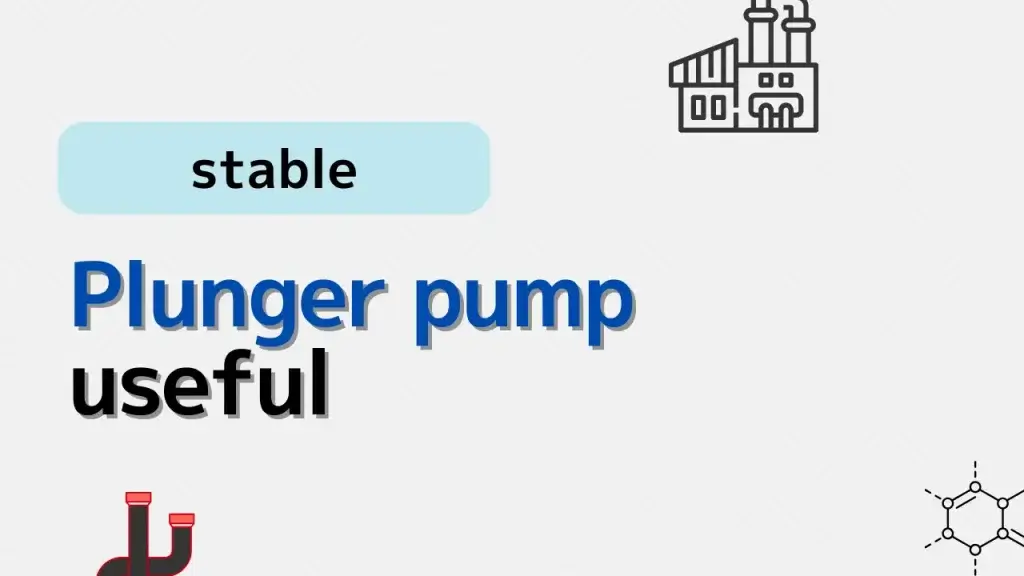In industrial settings, not all pumps are created equal. When it comes to handling high pressure, small flow rates, or aggressive fluids, plunger pumps are the go-to solution. But when exactly are these powerful pumps used, and why?
In this article, we’ll explain the typical applications of plunger pumps, what makes them unique, and when to consider using them over other types.
Introducing articles from plantengineering.com.
Plunger pumps are also used in chemical plants.
There aren’t many examples in the batch plants I’m in charge of, but I’ll explain in what situations they are used.
This post is in a series about pump device
Screw Pumps in Chemical Plants: Simple, Reliable, and Often Overlooked
What Is a Line Pump? Features and Applications for Beginners
Supplying Air to Diaphragm Pumps: What Beginners Need to Know
Why Gear Pumps Are Ideal for High-Viscosity Liquids
High viscosity
Plunger pumps are suitable for pumping high viscosity liquids.
Since there are very few high viscosity liquids in batch plants, there are few examples of using plunger pumps for this purpose.
to keep the flow rate constant
Plunger pumps can be used when you want to stabilize the flow rate.
Since the flow rate is determined by the stroke, they are easier to control than centrifugal pumps.
They are sometimes used to send reaction liquids.
However, gravity flow is more common.
don’t want to stimulate
Plunger pumps are less likely to damage the contents.
Centrifugal pumps apply a shear force strong enough to crush solids.
There are dangerous substances in the world that can cause runaway reactions due to this force.
The world of chemistry is vast.
Conclusion
Plunger pumps excel in scenarios where high pressure, precision, and durability are required. From chemical injection to industrial cleaning, these pumps play a crucial role in keeping processes efficient and safe. When selecting a pump, consider both your flow and pressure requirements—and remember that the right tool makes all the difference.
